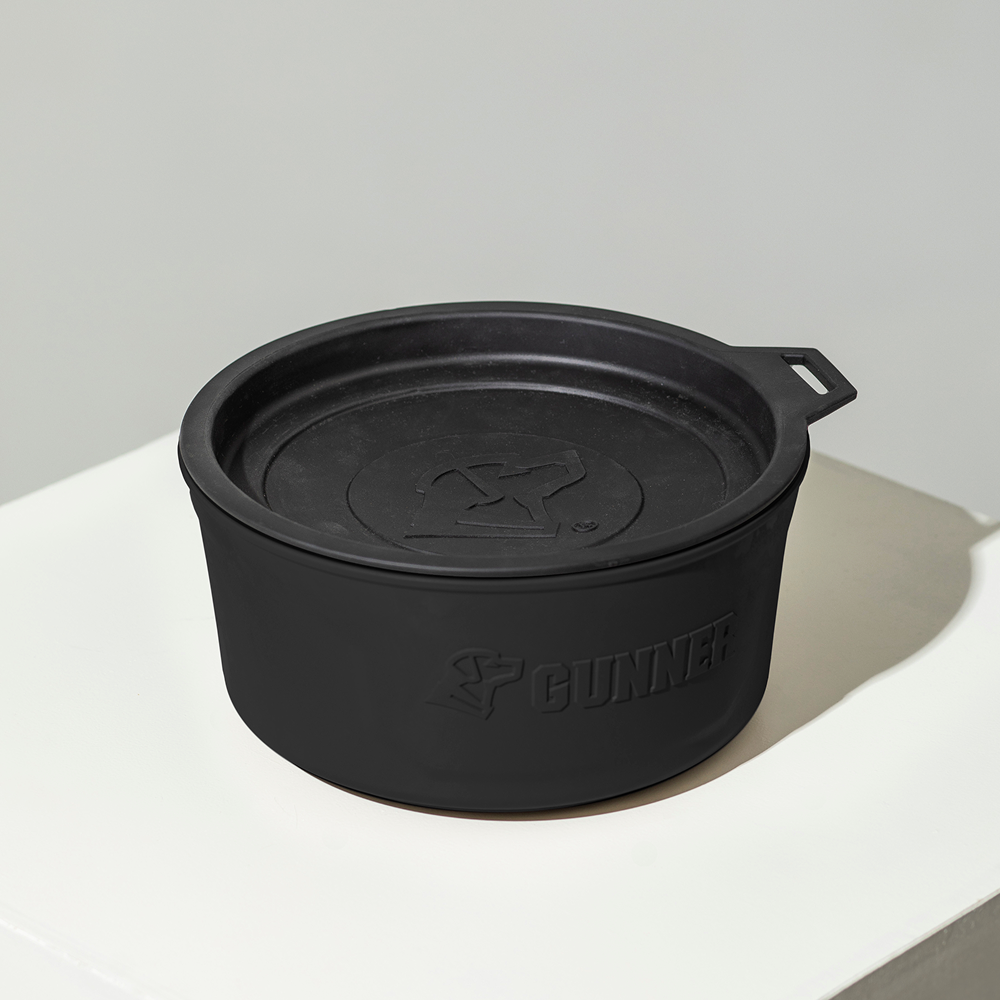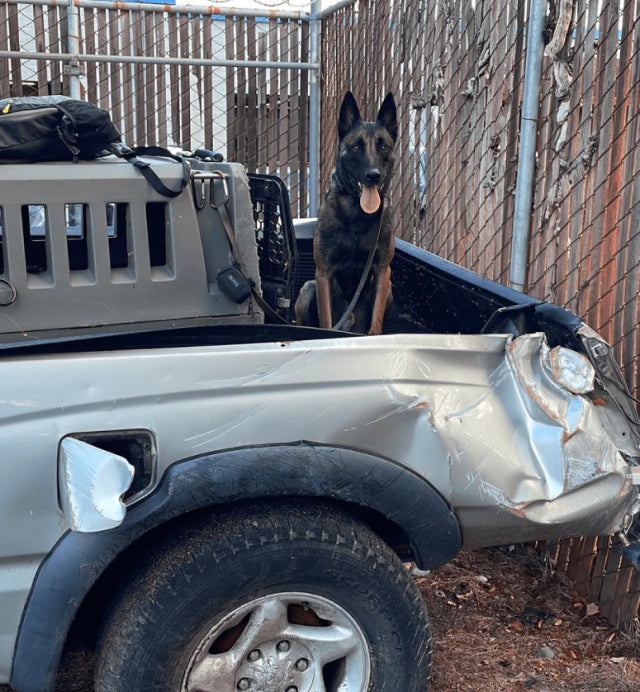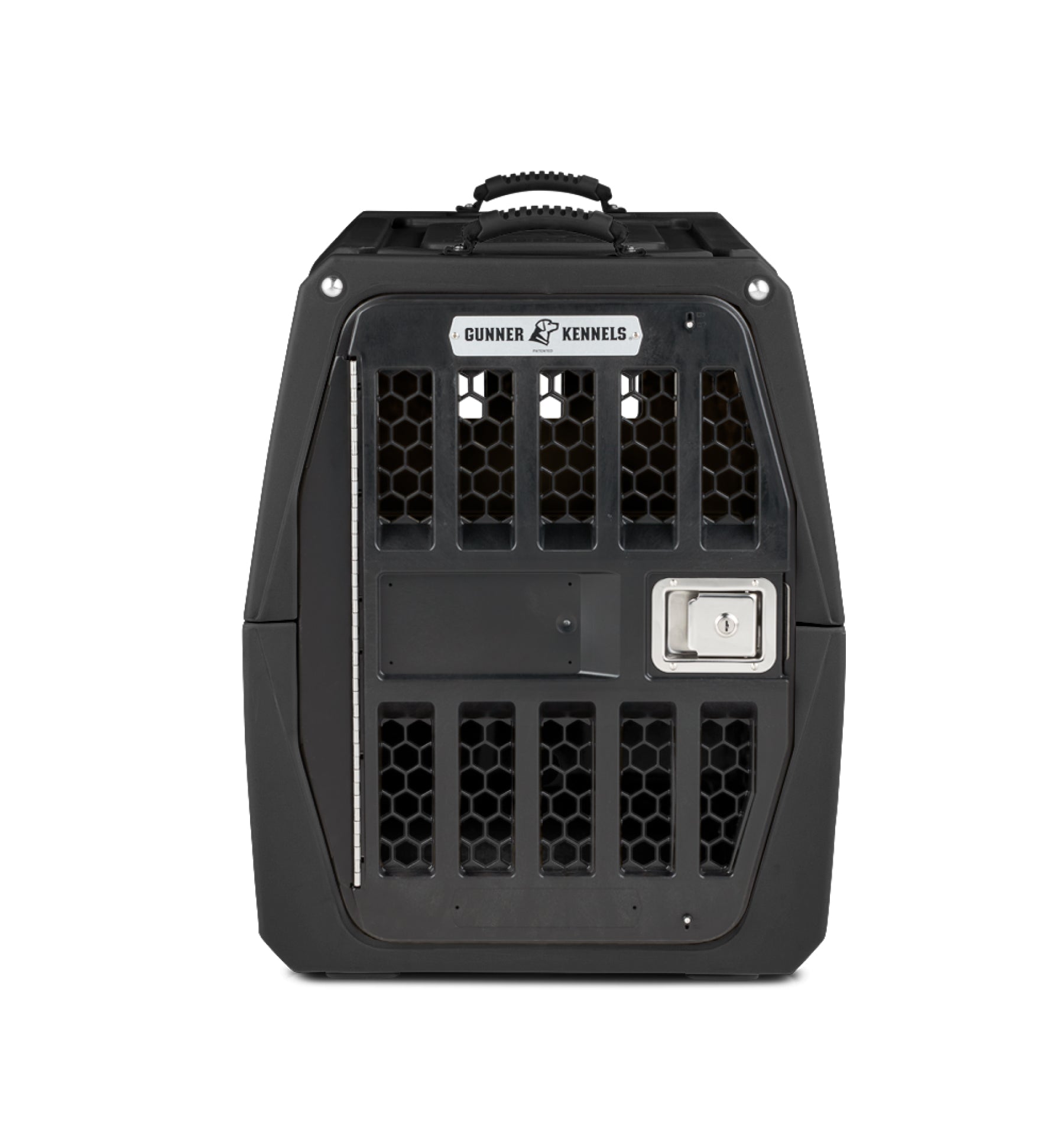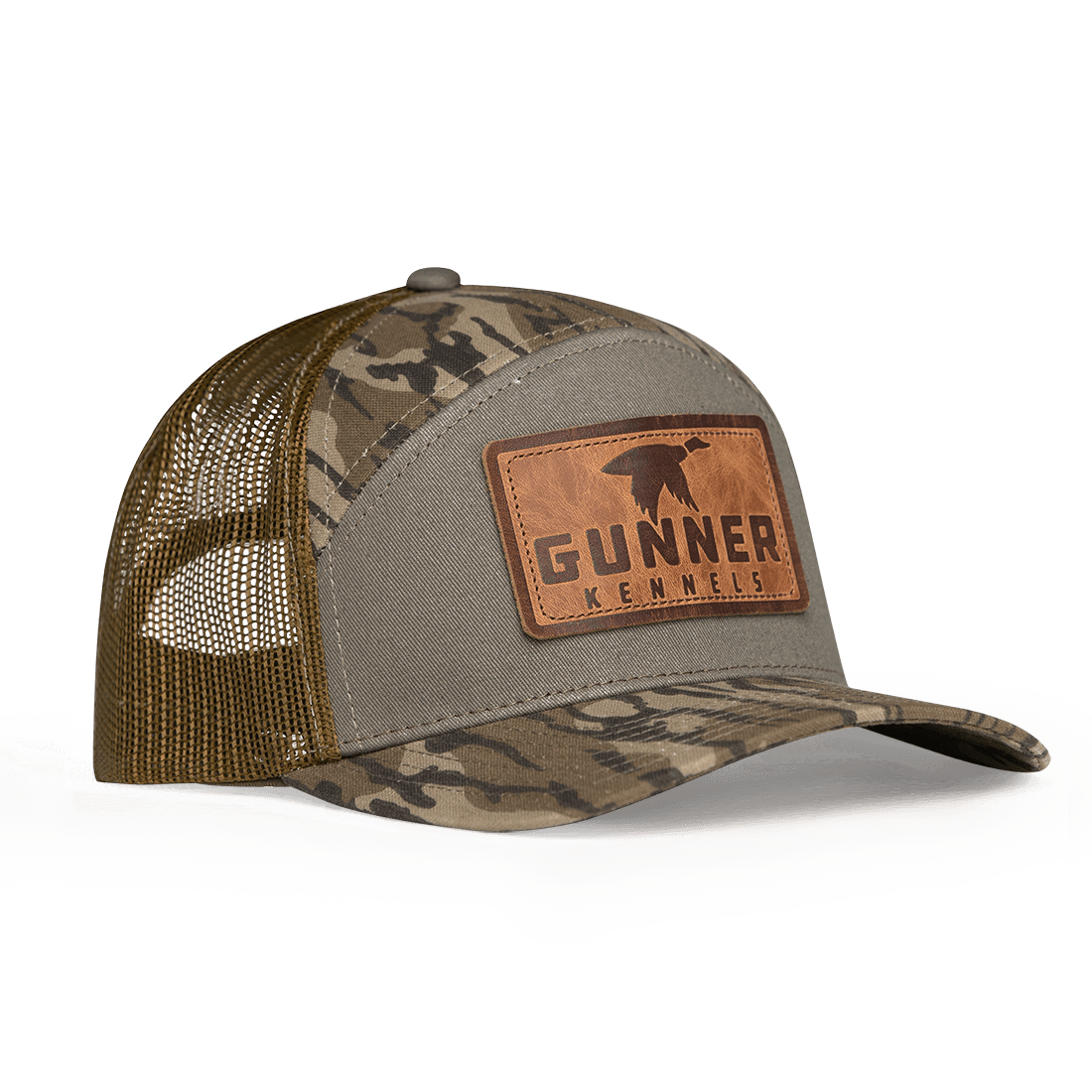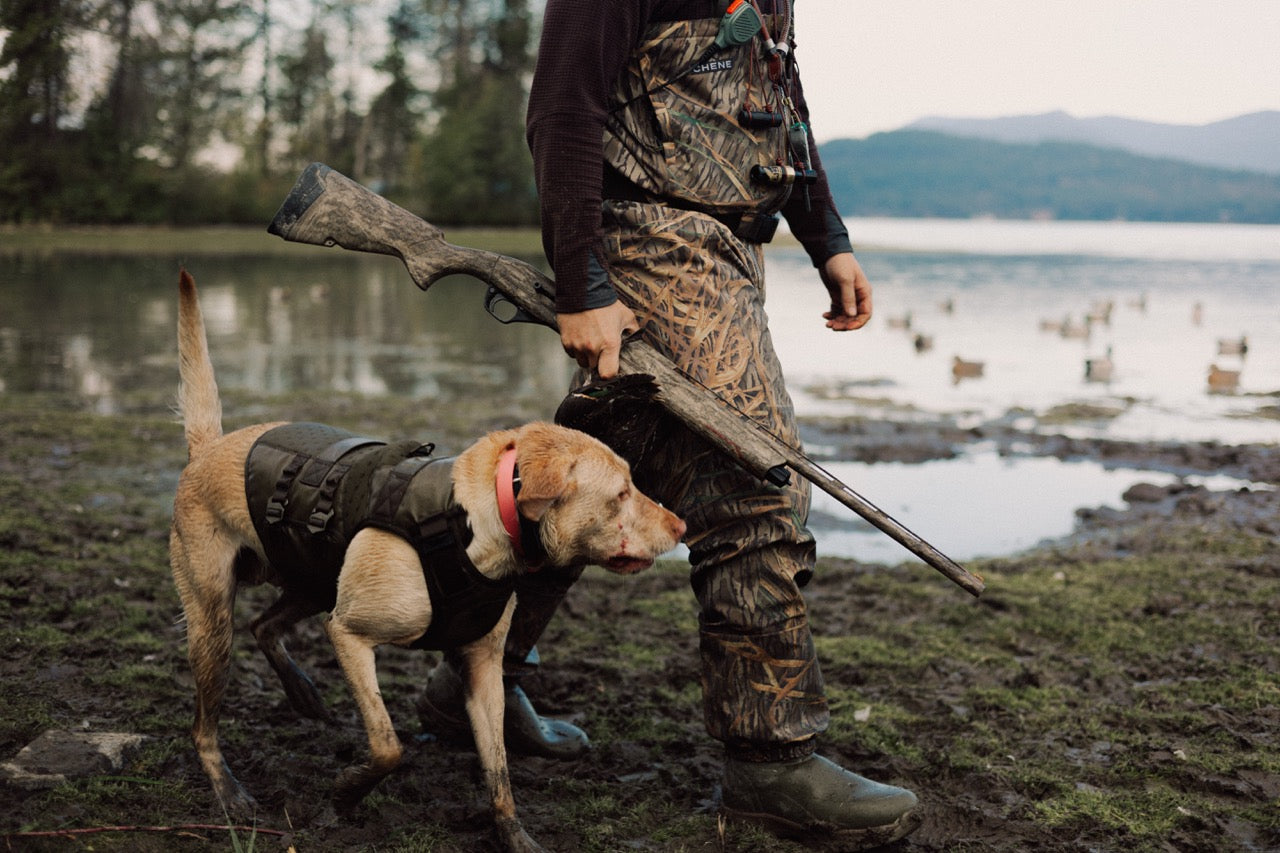Tell us a bit about your background as an artist. How did you first get started with painting and what inspires your work?
Well, I never took any formal education in art. I am self taught. Growing up, my father was a Commercial Painter (painting signs, before computers), and staying in his shop after school I would draw and paint. I believe that is where it really started. My parents always supported me in my artwork but told me I might want to think of a back up plan. Later in school, I realized you can either teach art or try to make it a career. But the chances of making it a career are like me becoming a rock star...very slim. So I pursued a different career path. It wasn't until I met my wife, who pushed me to my goals in art. She always told me if I wanted to do a show or enter a competition, I should go for it. In 2017, a gentleman in Florida gave me a chance of painting for Ducks Unlimited. After that event, the sky was the limit! There is so much that inspires me and goes through my brain on what to paint. I don't think people realize how much the world around us inspires an artist. Everything from a child laughing to watching a Lab retrieve a duck. I do like painting ducks and dogs, but I also like to paint people as well.


You've been named the Ducks Unlimited Artist of the Year. What does that recognition mean to you, and how has it impacted your career as a wildlife artist?
For a long time, I wanted to be a Ducks Unlimited Artist. This was a dream come true for me. I am truly honored and humbled to be awarded the 2024 Artist of the Year. It has definitely widened the opportunities for me in other organizations and galleries. It has also allowed me to work with other companies on ideas I have, and it’s made it closer for me to become a full-time artist.
The GUNNER G1 Kennel and GUNNER Food Crates you painted are phenomenal. What was the creative process like for designing and painting them?
At first, I sat down to draw out what might work and not work. I knew I wanted to have dogs on the kennel, and wanted to figure out how to incorporate the ducks into it. The tan is a perfect color to add the wetlands feel to it. Once I had an idea of the placement of the subject, I started to outline it on the kennel and Food Crates. Then the painting came into place. After some detail work, then comes the clear coat to seal the painting. This is a unique step as it seals the paint to the kennel. I used aircraft grade clear, and lots of it! The Food Crates gave me the opportunity to do two different themes. I was hunting in Saskatchewan and we were sitting in the blind before sunrise, and it was a full moon out. I wanted to recreate that very moment! The other was when I was in south Arkansas hunting. It was right at dusk, and the sun hit the water just right to give out all the different red hues. Two very fond memories of being out duck hunting I wanted to recreate.

As an outdoorsman yourself, how does your love for hunting and the natural world influence the style and subject matter of your paintings? How do your experiences outdoors show up in your art?
This is a good question!! Being in the blind, there is that twilight before everything starts, and at that point you see all the beauty of the outdoors. You are there in the moment, and that is what I like to catch on the canvas. Every little detail, I try to get. The things you get to see and experience in the outdoors are truly amazing. In several of my paintings, I love to recreate what I see out in the blind and all around me. One of my favorite things to see is a dog working, retrieving the birds. The bond and respect that they have for their handler are amazing. The enthusiasm is the same we have when we go out in the blind. Recently, I tried to capture the look of the dog working. Plus, dogs are just amazing!
What advice would you give to aspiring artists, especially those interested in pursuing wildlife and outdoor-themed artwork? What skills or techniques do you feel are most essential to develop?
Never give up, and no two artists are the same!! There are several wildlife artists out there. Visit with them, and ask them questions. You might be surprised how many will give great advice. I enjoy going to shows and visiting with all the different artists, and learning from them. They give me tips and ideas just by talking to them. As far as techniques... always push your limits and try new techniques. Some skills I think are good to have as an artist is being proficient in various mediums and tools. Having skills in time management and self-discipline are also important, as is the ability to accept and learn from constructive criticism. And HAVE FUN WITH YOUR ARTWORK! Enjoy the process.
Want to throw your name in the hat to win the exclusive GUNNER G1 Kennel or GUNNER Food Crates? Be sure to enter the giveaway before it closes on November 24, 2024.




